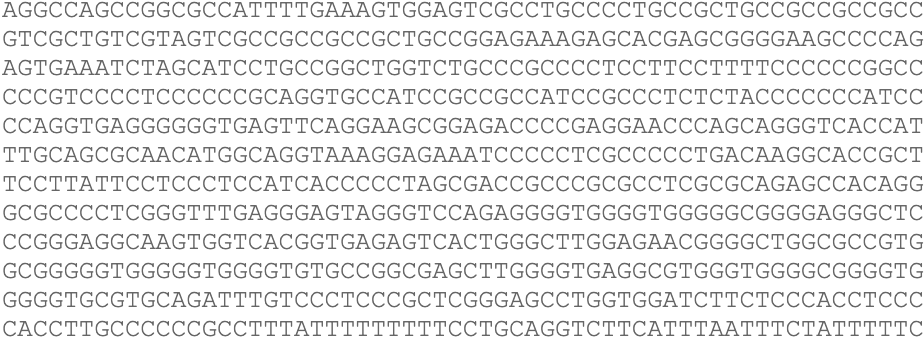
1/ You’ve sequenced your samples and identified variants. Great! 🙌
Now, here's how you can use @ensembl to find out the effect of your variants on #protein structures and interactions. A thread...🧵
#genomics #bioinformatics #tweetorial #Ensembltraining 🧬
Now, here's how you can use @ensembl to find out the effect of your variants on #protein structures and interactions. A thread...🧵
#genomics #bioinformatics #tweetorial #Ensembltraining 🧬

2/ The Variant Effect Predictor (VEP) is what you’re going to need for this task. You can find it in the blue header from the @ensembl homepage: ensembl.org/info/docs/tool…
#VEP
#VEP

3/ Click the ‘Launch VEP’ button to open the VEP web tool and enter your input data using instructions in the documentation:
👉ensembl.org/info/docs/tool…
👉ensembl.org/info/docs/tool…

4/ Now, select the 'Protein matches' option from the ‘Protein Annotation’ panel to retrieve overlapping protein domains from @PfamDB, Prosite and @InterProDB.
5/ When this option is selected, as well as reporting the IDs of overlapping protein domains, the VEP output will also show links to a 3D protein viewer if the variant overlaps an #Alphafold model or a @PDBeurope protein model. 

6/ On top of this, you can also use the VEP to find whether your variants fall in sites with evidence of impact on protein interactions.
7/ Just select the ‘IntAct’ option from the ‘Protein Annotation’ panel. The results table has links to the @intact_project from the interaction accession and links to any journals via the PubMed identifier so you can find further information. 

8/ 💡Top tip: You can read more about the @intact_project #data recently added to the VEP in our latest blog post:
👉ensembl.info/2022/07/29/coo…
👉ensembl.info/2022/07/29/coo…
9/ Now click the ‘Run’ button to submit the VEP query... et voilá 👌
10/ The VEP results table now contains links to the @intact_project as well as IDs of overlapping protein domains and links to a 3D protein viewer.
• • •
Missing some Tweet in this thread? You can try to
force a refresh








